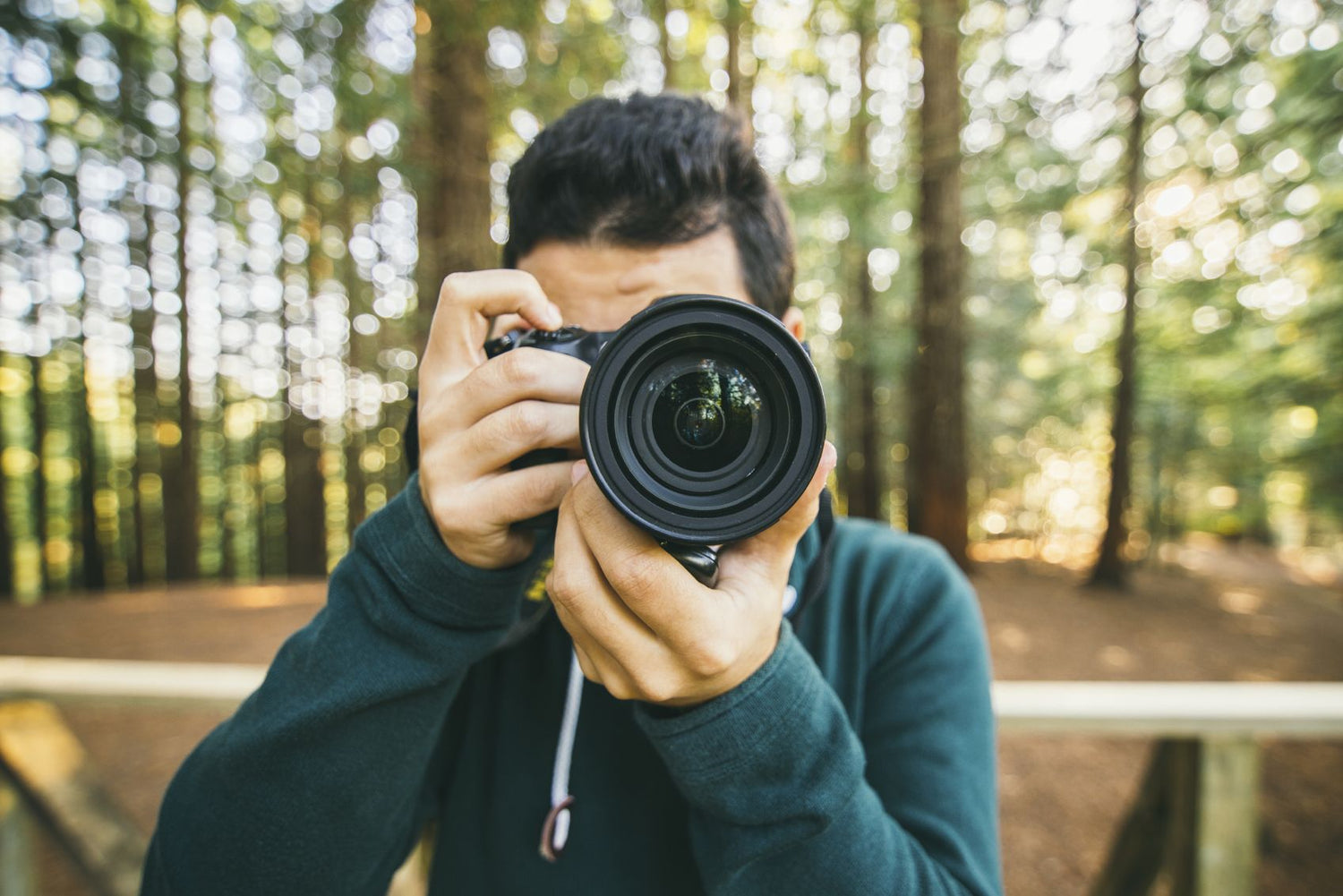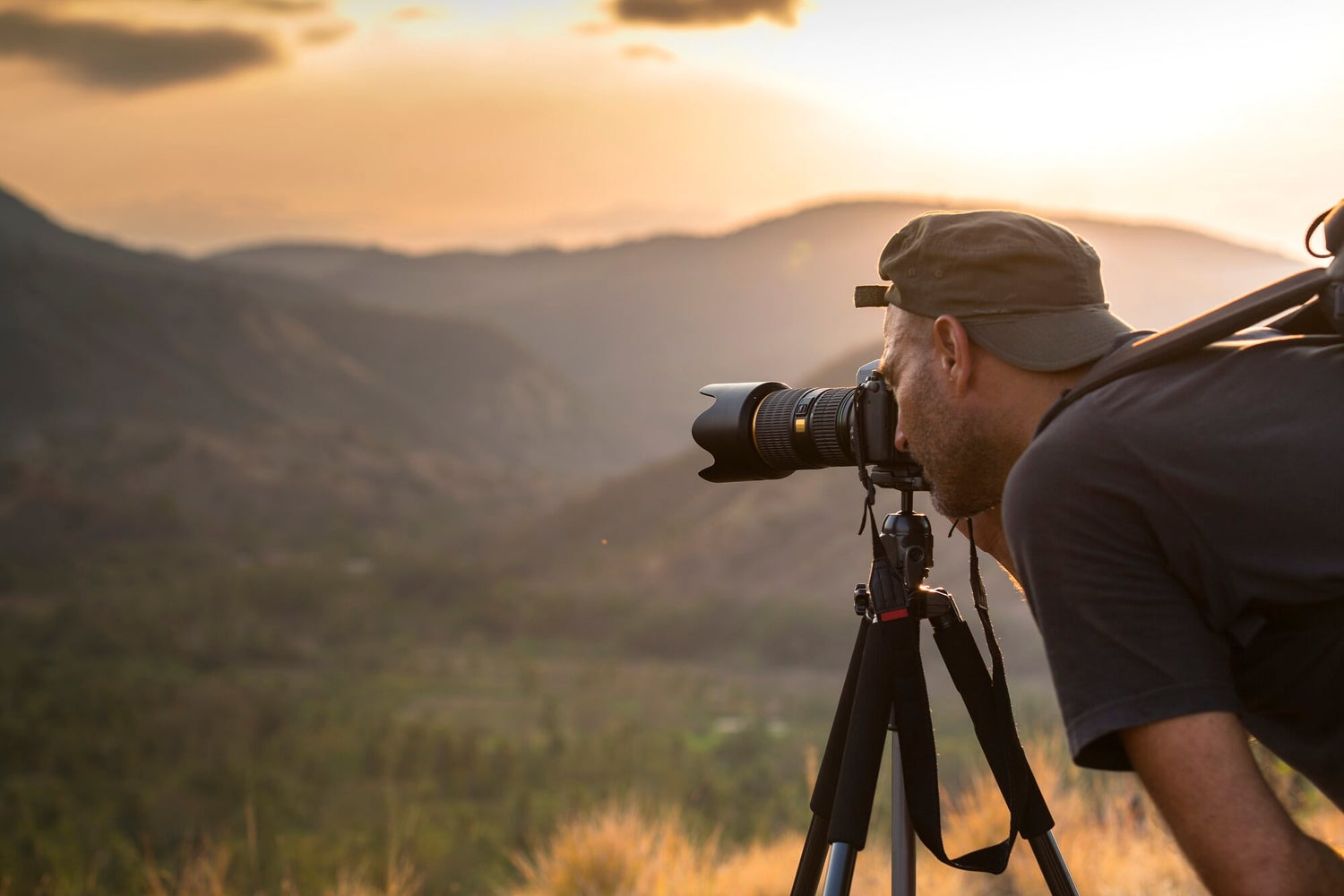Photographer
Being a photographer offers a fulfilling career for those who have a passion for creativity and storytelling. With the flexibility to specialise in various genres, photographers can express themselves through their images and share their unique perspectives. The photography industry is constantly evolving, providing ample opportunities for growth and development. From documenting important events to capturing stunning landscapes, photographers have the power to impact people and create connections. If you're drawn to creativity, adventure, and the ability to tell stories through images, a career in photography might be the perfect fit for you.
Explore your career as an:
Gender Split
Employment by State
Highest Level of education (%)
Age Brackets
How to become a Photographer
Certificate IV in Photography and Digital Imaging
*The information on this page is sourced from the Jobs and Skills Australia website, based on their occupational data collected in May 2024. Where job titles may not be exact matches, related job areas have been used. This data is intended as a guide only.





![How to Start a Photography Business [Interview - Nicole King]](http://www.opencolleges.edu.au/cdn/shop/articles/Starting_a_photography_business_with_Nicole_King_thumb_935b0289-1a18-4686-a0ef-db49e43c7685.jpg?v=1692438104&width=1500)
![An Easy Visual Guide to a Career In Photography [Infographic]](http://www.opencolleges.edu.au/cdn/shop/articles/photography-bg.jpg?v=1692174246&width=1500)